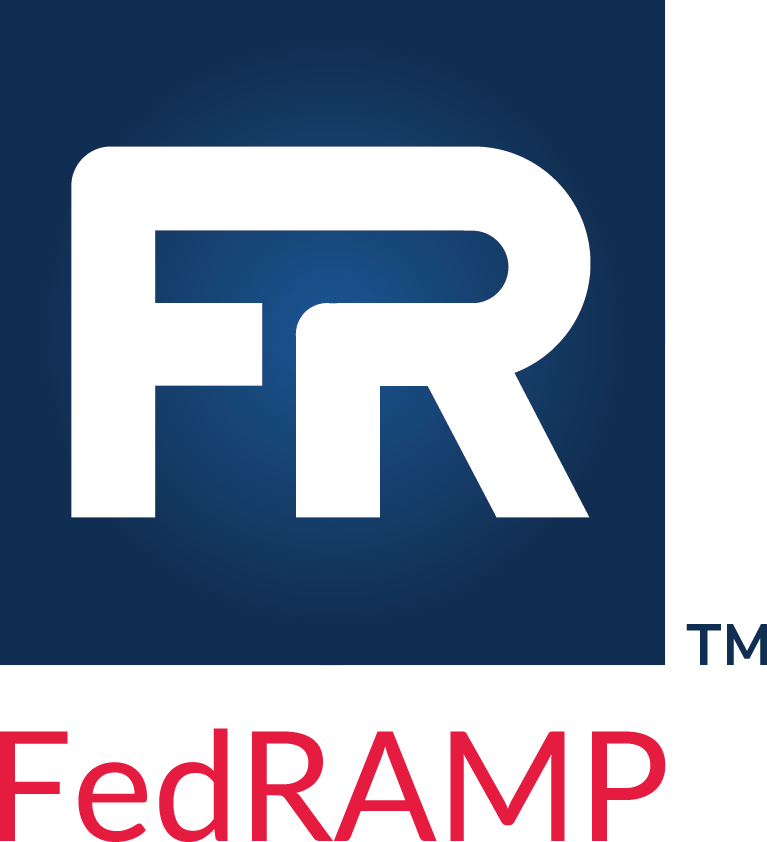FedRAMP OSCAL Documentation
Who Should Use This Documentation?
This documentation is intended for technical staff and tool developers implementing solutions for importing, exporting, and processing OSCAL-based FedRAMP content.
It provides guidance and examples intended to guide an organization in the production and use of OSCAL-based FedRAMP-compliant documents. Our goal is to enable your organization to develop tools that will seamlessly ensure these standards are met so your security practitioners can focus on authorization package content and accuracy rather than formatting and presentation.
Basic Terminology
XML and JSON use different terminology. Instead of repeatedly clarifying format-specific terminology, this document uses the following format-agnostic terminology through the document.
| TERM | XML EQUIVALENT | JSON EQUIVALENT |
|---|---|---|
| Field | A single element or text value that can hold a value or an attribute | A single object that can hold a value or property |
| Flag | Attribute | Property |
| Assembly | A collection of elements. Typically, a parent node with one or more child nodes. | A collection of objects. Typically, a parent object with one or more child objects. |
These terms are used by the National Institute of Standards and Technology (NIST) in the creation of OSCAL syntax.
Throughout this document, the following words are used to differentiate between requirements, recommendations, and options.
| TERM | MEANING |
|---|---|
| must | Indicates a required action. |
| should | Indicates an action that is very important and strongly recommended, but is not required. |
| may | Indicates an optional action. |
XML, JSON and YAML Formats
The examples provided here are in XML; however, FedRAMP accepts XML, JSON or YAML formatted OSCAL content. OSCAL offers the ability to convert OSCAL-files between XML, JSON, and YAML in either direction without data loss.
You may submit your SSP, SAP, SAR, and POA&M to FedRAMP using XML, JSON, or YAML. If necessary, FedRAMP’s tools will convert the files for processing.
OSCAL-based FedRAMP Templates
FedRAMP offers OSCAL-based templates in both XML and JSON formats for the SSP, SAP, SAR, and POA&M. These templates are partially filled with sample content serving as placeholders to help get you started. This documentation is intended to work in concert with those templates. The OSCAL-based FedRAMP templates are available here:
XML and JSON Technology Standards
For OSCAL compliance, mechanisms that interpret or generate OSCAL content must honor the core syntax described at https://pages.nist.gov/OSCAL/concepts/layer/.
While not mandatory, organizations adopting OSCAL are strongly encouraged to use the oscal-cli for validation and translation mechanisms. The validation mechanism ensures XML and JSON files are using OSCAL-compliant syntax, while the translation mechanism converts OSCAL content from either format to the other. NIST has an automated governance process, which ensures these mechanisms remain aligned with the latest OSCAL syntax.
NIST OSCAL Syntax Validation Mechanisms
Validating XML-based OSCAL files using the OSCAL-published schema validation requires: XML Schema Definition Language (XSD) 1.1
Validating JSON-based OSCAL files using the OSCAL-published schema validation requires: JSON Schema, draft-07
The NIST OSCAL tools provide a mechanism for validating OSCAL XML and JSON content. There are several open-source and commercial tools that will process XSD 1.1 or JSON Schema, draft-07, either as standalone capabilities or as programming libraries. FedRAMP and NIST are unable to endorse specific products.
NIST OSCAL Format Conversion Mechanisms
The NIST OSCAL tools also provide a mechanism for converting OSCAL XML and JSON content.
For more information on converting OSCAL files between supported formats, please see the OSCAL Converters documentation.
XPath Queries and References
XPath is a standard query language for XML files, and libraries for using it are available in many programming languages. Even if you do not use XPath to query OSCAL data files, the XPath queries provide a concise and non-ambiguous way to communicate where the data is located within the file.
Except where noted, all XPath queries in this document are based on XPath 2.0. Most modern programming languages make XPath 1.0 available by default. XPath 2.0 can typically be added with third-party libraries or calls to external command-line utilities.
Most XPath queries in this document are absolute paths from the root of the document. In other words, it is clear from the XPath query which of the major file sections are being referenced, and where the field is located within the section.
Database Users: Some tool developers prefer to manage OSCAL data by first importing it into a database, which is a perfectly acceptable approach. Any OSCAL file generated from the database must still follow the OSCAL syntax. If the file is intended for delivery to FedRAMP, it must also follow the guidance in these guides.
There are also database-like XML servers, such as the open-source tool BaseX, which allow OSCAL files to remain in their native format yet be queried more like a traditional database. These XML databases typically optimize queries for better performance. Some will handle both XML and JSON files.


